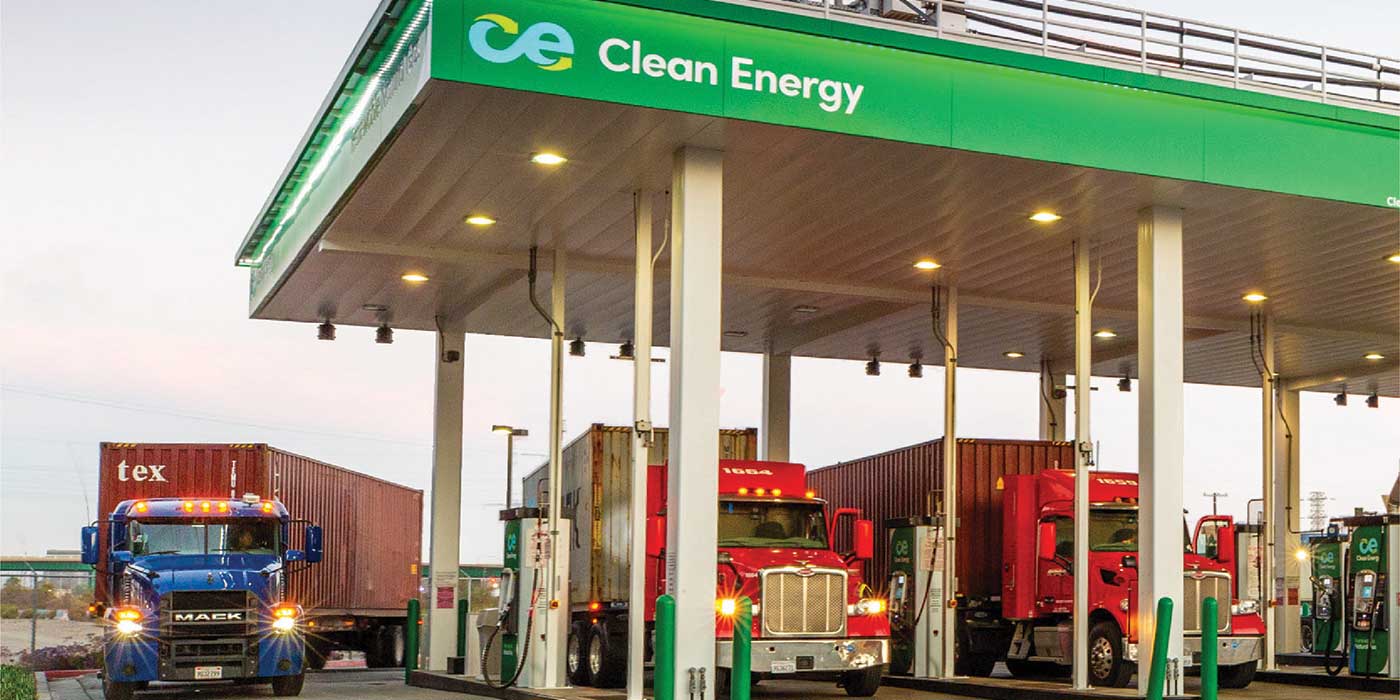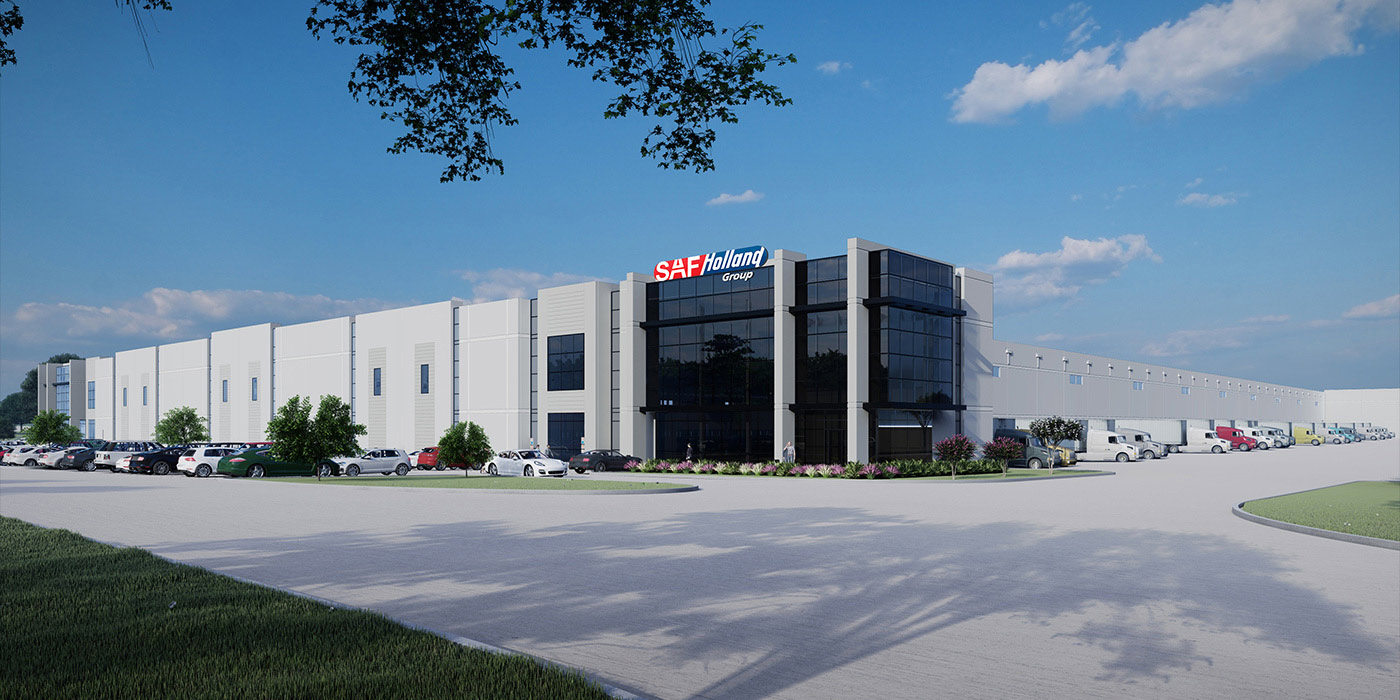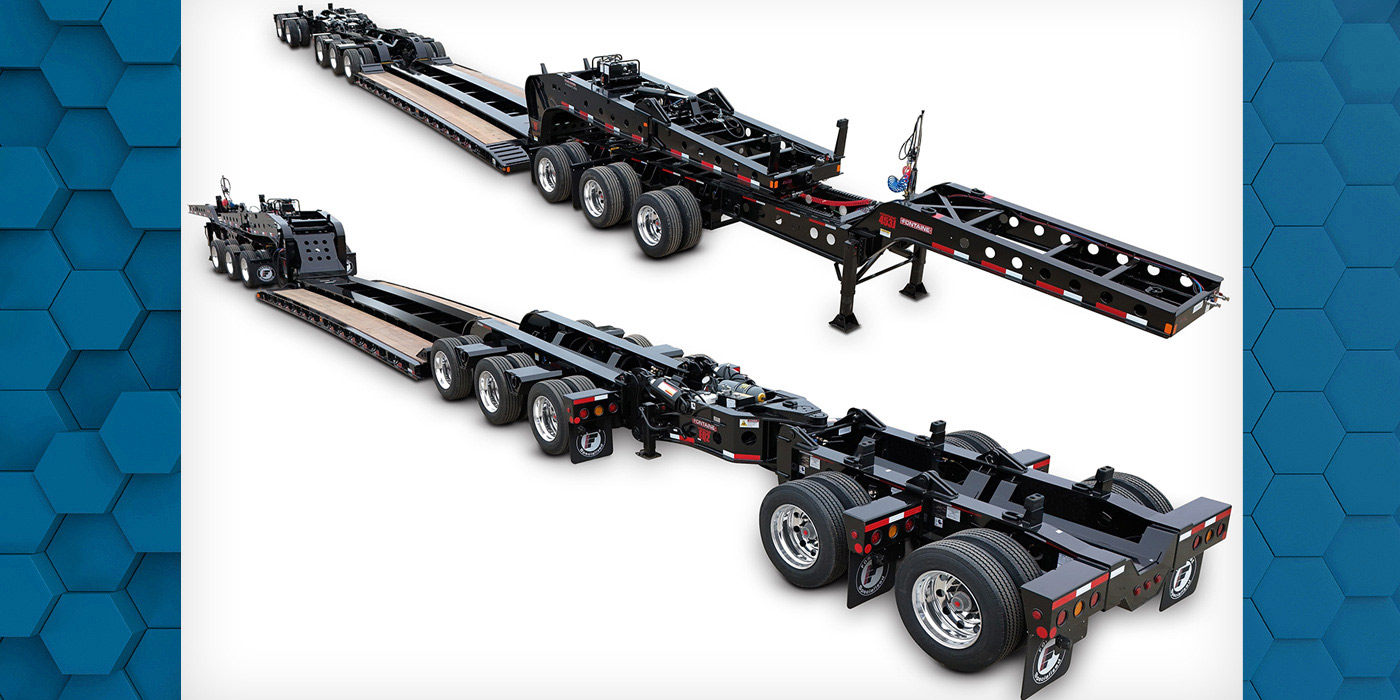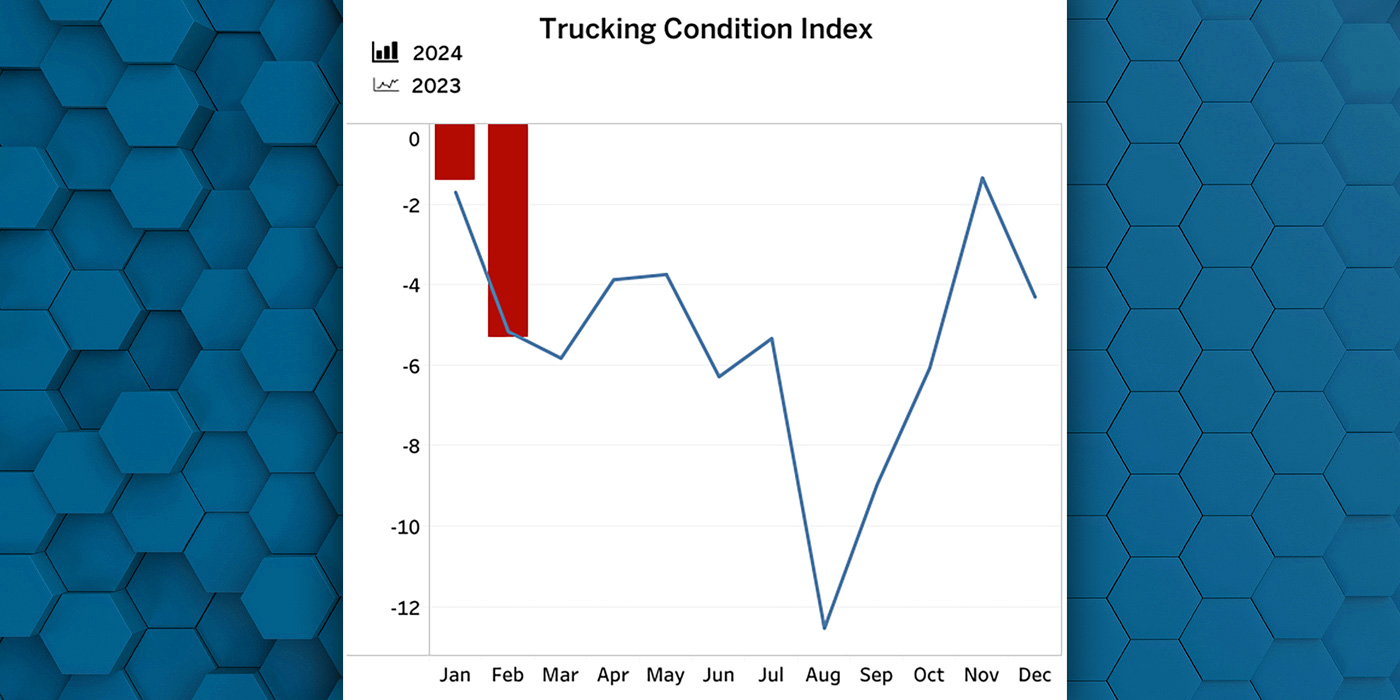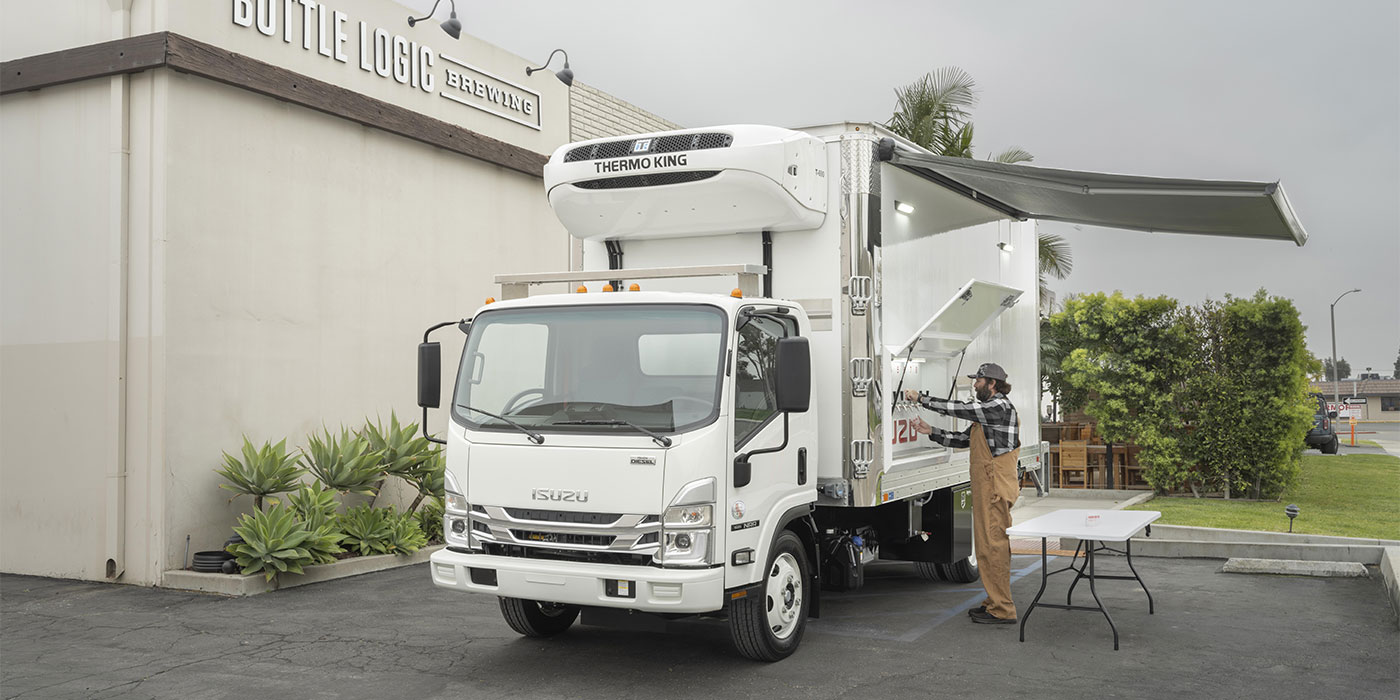It appears that tire pressure monitoring systems (TPMS) are poised to enter the age of modern reliable electronics. This should be a very good thing for the trucking industry. I believe that TPMS will become standard equipment on new over-the-road trucks, tractors and trailers in a few short years. The driving force will be operating cost benefits realized by end users, rather than mandatory regulation. For tire people, as well as cost-conscious operators, this makes good sense.
The important role that proper tire inflation plays in better treadwear, casing durability, vehicle handling, fuel economy and reducing unscheduled downtime has been documented thoroughly. Manual inflation maintenance is labor intensive (a typical 18 tire check/inflate takes about 20 minutes) and costly. Most fleets also recognize that different priorities are sometimes given to steer, drive and trail axles respectively, resulting in neglected trailer tires.
It’s important to understand that commercial truck TPMS systems are evolving to be quite different from those currently used in passenger cars. Importantly, truck tire inflations are generally in the 90 to 120 PSI cold range compared to 30 to 36 PSI for the smaller tires. Reliability, accuracy and the absence of false warnings are more critical in truck applications. Most challenging is the variety of vehicle configurations and service conditions for trucks. Tractors pulling multiple trailers, which result in very long combinations and are frequently hooked to different power units, are especially difficult. Wireless signals powered by trailer ABS systems look promising, but signal amplifiers may be needed for longer trailer combinations. Also, electronic “handshaking” when these combinations are hooked together is necessary to ensure signal exclusivity and accuracy. Imagine two sets of triple pups, from the same fleet driving alongside one another on an interstate, whose TPMS systems must not talk to one another.
Questions of how and to whom low inflation warnings should be sent may also vary among fleets. Driver notification and intervention may not be the optimum answer. Some fleets may find it more reliable and timely to have the signal relayed by satellite to a real-time central location where a driver can then be directed to the nearest available service location for professional assessment. Ambient temperature variation is another concern, since truck tire inflation varies approximately 2 PSI for each 10 degrees F. One solution would be for truck sensors to contain an algorithm that corrects to “cold” inflation, which is defined by The Tire & Rim Association as between 65 and 70 degrees F.
Ideally, TPMS systems would be designed so that the “M” represented maintenance, in addition to monitoring, of inflation pressure. With the exception of some prohibitively complex and expensive products designed for mixed on-off road or military service, such systems exist today only for trailer, pusher and tag axles, where dry air from the brake reservoir is plumbed through hollow axle tubes to the tires. Until similar systems are developed for steer and drive axles, a state-of-the-art TPMS total vehicle application would require at least two different systems, likely from two different manufacturers. This isn’t necessarily bad, but would have to be covered in technician training, and the steer and drive axles would still have to be manually inflated when required.
Also, interference between TPMS and other critical engine, brake and transmission signals must be avoided. It will be important that vehicle OEMs incorporate, or at least recommend wireless receiver/routing box locations, wire routings and power tie-in points for TPMS systems that are added.
Alternatively, OEMs can be expected to begin offering factory engineered systems in the near future. Managers should inquire about the compatibility of these versus systems supplied by other truck and trailer brands in the fleet.
TPMS is rapidly coming of age and promises significant operating cost advantages to fleets. The type or combination of systems selected is expected to vary with vehicle configuration and service conditions. I would strongly advise fleets to study all options before deciding on particular TPMS systems.


